
Christopher Wolfgang John Alexander was an Austrian-born British-American architect and design theorist. He was an emeritus professor at the University of California, Berkeley. His theories about the nature of human-centered design have affected fields beyond architecture, including urban design, software, and sociology. Alexander designed and personally built over 100 buildings, both as an architect and a general contractor.
A design pattern is the re-usable form of a solution to a design problem. The idea was introduced by the architect Christopher Alexander and has been adapted for various other disciplines, particularly software engineering. Design patterns are commonly used to improve the flexibility of object-oriented systems.
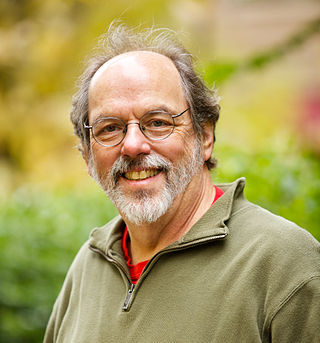
Howard G. Cunningham is an American computer programmer who developed the first wiki and was a co-author of the Manifesto for Agile Software Development. A pioneer in both design patterns and extreme programming, he started coding the WikiWikiWeb in 1994, and installed it on c2.com on March 25, 1995, as an add-on to the Portland Pattern Repository. He co-authored a book about wikis, entitled The Wiki Way, and invented the Framework for Integrated Test.
A pattern language is an organized and coherent set of patterns, each of which describes a problem and the core of a solution that can be used in many ways within a specific field of expertise. The term was coined by architect Christopher Alexander and popularized by his 1977 book A Pattern Language.

The University of Oregon is a public research university in Eugene, Oregon. Founded in 1876, the university also has two Portland locations, and manages a marine station, called the Oregon Institute of Marine Biology, in Charleston; and an observatory, called Pine Mountain Observatory, in Central Oregon.
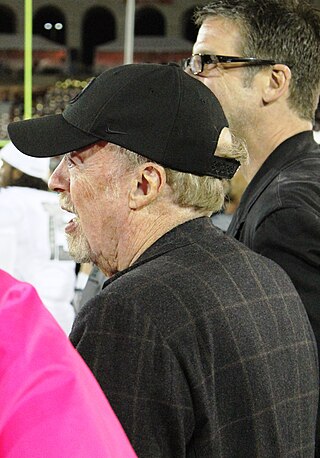
Philip Hampson Knight is an American billionaire business magnate who is the co-founder and chairman emeritus of Nike, Inc., a global sports equipment and apparel company. He was previously its chairman and CEO. As of December 2023, Forbes estimated his net worth at $45.0 billion. He is also the owner of the stop motion film production company Laika. Knight is a graduate of the University of Oregon and the Stanford Graduate School of Business. He was part of the track and field club under coach Bill Bowerman at the University of Oregon with whom he would later co-found Nike.
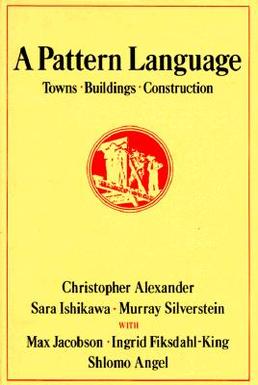
A Pattern Language: Towns, Buildings, Construction is a 1977 book on architecture, urban design, and community livability. It was authored by Christopher Alexander, Sara Ishikawa and Murray Silverstein of the Center for Environmental Structure of Berkeley, California, with writing credits also to Max Jacobson, Ingrid Fiksdahl-King and Shlomo Angel. Decades after its publication, it is still one of the best-selling books on architecture.
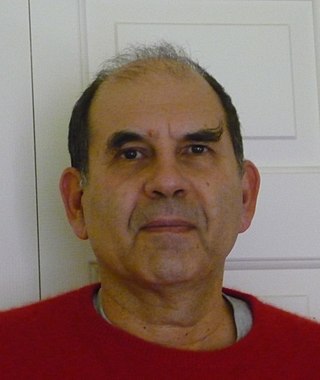
Nikos Angelos Salingaros is a mathematician and polymath known for his work on urban theory, architectural theory, complexity theory, and design philosophy. He has been a close collaborator of the architect Christopher Alexander, with whom Salingaros shares a harsh critical analysis of conventional modern architecture. Like Alexander, Salingaros has proposed an alternative theoretical approach to architecture and urbanism that is more adaptive to human needs and aspirations, and that combines rigorous scientific analysis with deep intuitive experience.

The campus of the University of Oregon is located in Eugene, Oregon and includes some 80 buildings and facilities, including athletics facilities such as Hayward Field, which was the site of the 2008 Olympic Track and Field Trials, and McArthur Court, and off-campus sites such as nearby Autzen Stadium and the Riverfront Research Park. An online guide to the university's built environment, Architecture of the University of Oregon, published by the University of Oregon Libraries, describes campus buildings and provides timelines of key architectural events linked with campus history.

The Matthew Knight Arena (MKA) is a 12,364-seat, multi-purpose arena in Eugene, Oregon, United States. It is home of the University of Oregon Ducks basketball teams, replacing McArthur Court. It is located on the east side of campus at the corner of Franklin Boulevard and Villard Street, a gateway to campus as people arrive from I-5. The arena was originally intended to be ready for the start of the 2010–11 basketball season, but instead opened for the men's basketball game against the USC Trojans on January 13, 2011. It is named for chief donor Phil Knight's son, Matthew Knight, who died aged 34 in a scuba diving accident. The arena cost $227 million and was designed as collaboration between TVA Architects of Portland and Ellerbe Becket of Kansas City, Missouri. Hoffman Construction Company of Portland was the general contractor.

Nike, Inc. is an American athletic footwear and apparel corporation headquartered near Beaverton, Oregon, United States. It is the world's largest supplier of athletic shoes and apparel and a major manufacturer of sports equipment, with revenue in excess of US$46 billion in its fiscal year 2022.

Kaiser Westside Medical Center is a hospital in the Tanasbourne neighborhood in Hillsboro in the U.S. state of Oregon. Opened in August 2013 with 126 hospital beds, the Kaiser Permanente facility is planned to later expand to 174 beds. It was designed by Ellerbe Becket Architects and Petersen Kolberg & Associates Architects/Planners. The $220 million hospital includes Kaiser's Sunset Medical Office that opened in 1987 on the west side of the Portland metropolitan area.
Murray Silverstein co-authored the books A Pattern Language and The Oregon Experiment. At that time, he taught architecture courses at the University of California, and subsequently taught at the University of Washington. He had also written several articles on pattern languages. As a young designer, he worked for noted California architect Richard Neutra.

The Timeless Way of Building is a 1979 book by Christopher Alexander that proposes a new theory of architecture that relies on the understanding and configuration of design patterns. Although it came out later, it is essentially the introduction to A Pattern Language and The Oregon Experiment, providing the philosophical background to the Center for Environmental Structure series.

The Hatfield-Dowlin Complex houses the Football Operations Center at the University of Oregon in Eugene, Oregon. Completed in 2013 with a donation provided by Phil and Penny Knight, the complex is named for Lota Hatfield, Phil Knight's mother, and Dorothie Dowlin, the mother of Penny Knight. The black granite and glass structure was designed by ZGF Architects, the same firm that designed the John E. Jaqua Center for Student Athletes. The landscape architect of record is PLACE studio. Early estimates suggested a cost of $68 million, although the Oregon Daily Emerald reported the cost at closer to $138 million.
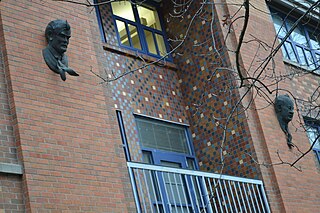
John von Neumann, also known as John von Neumann Gargoyle and Portrait Head of von Neumann, is an outdoor 1987 copper sculpture by Wayne Chabre, attached to the exterior of Deschutes Hall on the University of Oregon campus in Eugene, Oregon, United States.
Michael West Mehaffy is an urbanist, architectural theorist, urban philosopher, researcher, educator, and executive director of Sustasis Foundation, based in Portland, Oregon, USA.

Edgar Fahs Smith is a monumental statue located on the campus of the University of Pennsylvania in Philadelphia, Pennsylvania, United States. The statue was designed by sculptor R. Tait McKenzie and honors its namesake, a former provost of the university.
Ties between Nike, Inc. and the University of Oregon are ongoing and have existed for decades. The relationship is so close that the institution is sometimes referred to as the "University of Nike".















